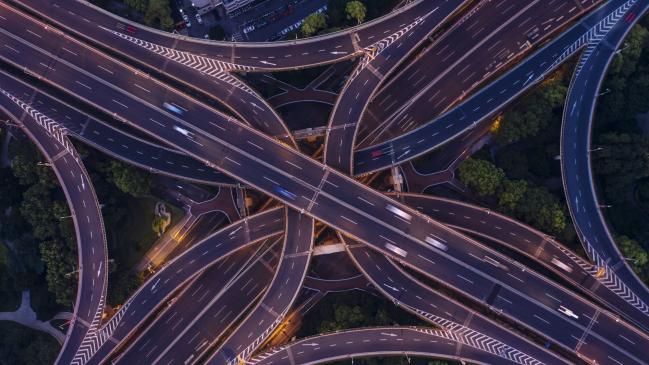(Bloomberg) -- China is expected to offer some details on its 2020 economic strategy later on Thursday, signaling how it will balance controlling the slowdown in growth with fending off financial risks and managing the trade war.
Members of the Communist Party’s Politburo, ministers, provincial governors, bankers and military officers are in Beijing for the annual Central Economic Work Conference from Tuesday until Thursday, according to people briefed on the plans. State media should start trickling out some conclusions in the afternoon Beijing time, with a statement later that lays out the basics for key economic policies.
Full details of the policies and numerical targets won’t be available until the the National People’s Congress in March.
Here’s what to look for:
Guidance on the Growth Target (NYSE:TGT)
The statement may give clues as to the government’s thinking on the official target for gross domestic product expansion. It will likely be lowered to “around 6%” from the “6%-6.5%” range this year, according to the majority of economists in a Bloomberg survey this week. If there isn’t a marked slowdown in the economy, hitting that target shouldn’t require a huge increase of stimulus that might exacerbate financial risks.
A target at that level will also keep the government’s goal of doubling the size of the economy and income over this decade within reach. Before the conference, government advisers including Xia Bin and Wang Yiming suggested targets lower than 6% or downplayed the importance of defending a 6% growth rate. That indicates policy makers may also be less fixated on a hard numerical target.
Monetary, Fiscal Policy
Based on the Politburo’s preparatory meeting last week at which the top leaders vowed to avoid systemic financial risks and keep growth in a “reasonable range,” policy makers look set to continue with current policy.
Preventing systematic financial risks is one of the three “critical battles,” the fight against which is meant to end next year. The other two “battles” are against poverty and pollution, and the push against all three is expected to continue so victory can be declared on schedule.
Fiscal policy will likely play a bigger role in supporting growth. At the Politburo meeting last week, “strengthening infrastructure construction” was mentioned for the first time, suggesting that policy makers are counting on it to be a driver of growth. The Finance Ministry has already earmarked 1 trillion yuan ($142 billion) in special purpose bonds for use early in 2020, and there is a general expectation that local governments will sell more of the debt to pay for infrastructure.
Any change to the monetary policy stance would be a surprise. All recent signs from the central bank on that front have indicated that they will continue to refrain from large-scale easing steps.
Trade, Tariffs, Structural Reform
Trade tensions with the U.S. and the increase of tariffs have hurt China’s economy this year, cutting demand for exports and also undermining confidence and investment. While the statement is unlikely to make a direct reference to the trade war, it might obliquely acknowledge that “external headwinds” are increasing.
Property Market, Debt Campaign
The property market, which played a key role in propping up China’s economy in previous downturns, will likely continue to play a secondary role in supporting growth. Although the Politburo meeting made no mention of the sector, policy makers are expected to stick to the principle that “houses are for living, not speculation” and avoid loosening control across the nation. Some restrictions on housing might be eased at the local level, in non-first-tier cities.
To contact Bloomberg News staff for this story: Lin Zhu in Beijing at lzhu243@bloomberg.net
To contact the editors responsible for this story: Jeffrey Black at jblack25@bloomberg.net, James Mayger
©2019 Bloomberg L.P.
